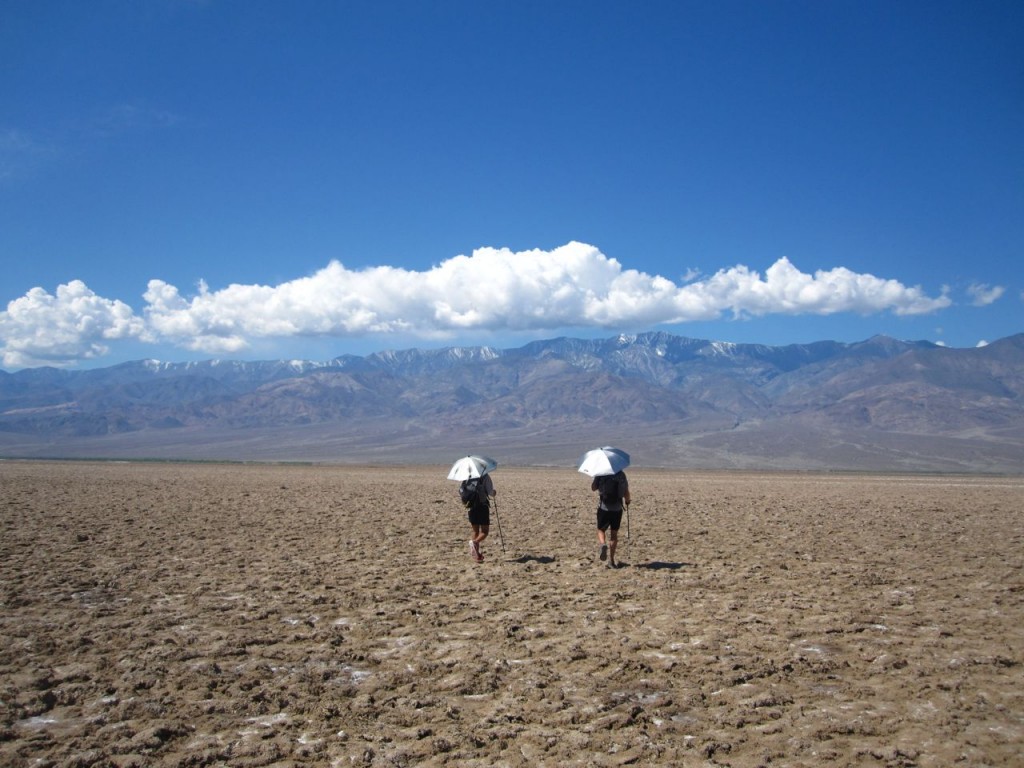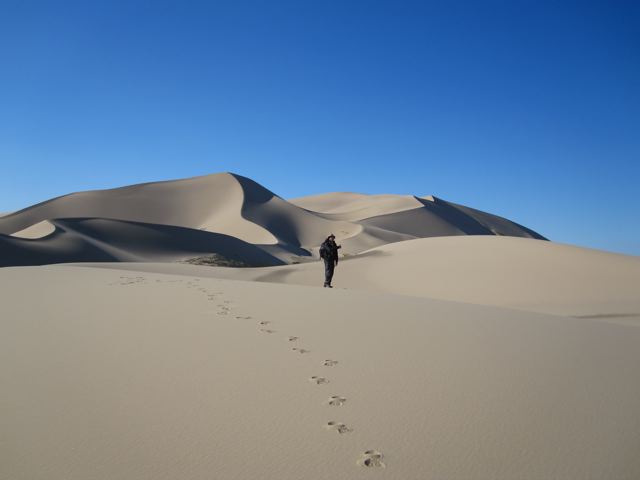Last week I received an email from a young couple who are hoping to do the Arizona Trailnext year.
Hailing from the UK, where dry water sources are about as common as ice cream trucks in the Gobi desert, they wanted to know specifically about the seasonal variability of water sources in the southwestern United States. In addition, they asked if I could give them any general advice in regards to worst-case scenarios on the H2O front.
Before addressing their questions, it’s worth remembering that when it comes to all aspects of Backcountry health & safety, “prevention is better than cure.” It is difficult to overstate the importance of this age old truism, however, if you happen to check out the Health & Safety section of The Hiking Life website, you will notice that I give it a very good try.
In short, do your research before setting out. Study maps and check for up-to-date information on the internet. If little can be found, call local agencies directly for first hand information.
If data proves hard to come by, always err on the side of caution in regards to how much water you are carrying. Generally speaking when it comes to H2O, better too much than too little.
With that out of the way, back to the issue at hand…………what should I do if water sources I am counting on turn out to be dry?
1. Don’t Panic
Now’s the time to take a swig of that emergency supply you have been carrying. Better make it a small one……….just in case.
Jokes aside, keeping a cool head, staying positive and making objective decisions is vital in such situations:
“Man can live about forty days without food, about three days without water, about eight minutes without air, but only for one second without hope.” (Author unknown)
2. Adapt
If the H2O situation isn’t what you expected, you will need to adapt on the fly.
- Time your days so that the bulk of your hiking is done in the early morning and late afternoon/evening, when temps are cooler and you will not need as much water.
- Find a shady tree or bush to rest underneath during the midday hours.
- If you choose to cook, do so at the water sources themselves, so that you won’t need to carry any extra water for dinner.
4. Streams
Just because a stream appears dry close to the trail, doesn’t necessarily mean that that will be the case further up towards its source. Make the effort to go and check. In addition, check downstream for any areas shaded by rocks and/or vegetation which may harbour water.
4. Vantage Point
Climb to the nearest high point. Look for gullies, depressions and valley bottoms that show signs of vegetation (i.e. potential water sources).
5. Livestock
Signs of livestock generally indicate a water source in the vicinity. Grazing animals tend not to stray too far from their primary water supply. Look for converging paths leading in a downhill direction. Any water taken from sources frequented by livestock should always be treated.
6. Digging
If you happen to spot a patch of green or a damp spot in an otherwise dry creek bed, this is an indicator that water lies close to the surface. Dig a hole and if it fills up with water, scoop out the liquid with your cooking pot. Alternatively, place a shirt or a bandana into the hole, let it soak up the moisture and wring it directly into your mouth.
7. Condensation
Techniques such as the solar still and tying a plastic bag tightly around the end of a living, leafy branch, are known as condensation traps.
Whilst ultimately effective, they produce very little return relative to the amount of time you need to wait (up to 500ml of water in 24 hours). They should be employed only as a last resort after all other avenues have been exhausted.
8. If all else fails, look for a guy with a camel
Click here for a clip from Gallipoli, one of my favourite Australian movies. Directed by Peter Weir (Dead Poet’s Society, Witness, The Truman Show), the award winning film co-starred a young Mel Gibson; back in the days when he still had an Australian accent and well before he was public enemy number one in Malibu, CA.
Discover more from The Hiking Life
Subscribe to get the latest posts sent to your email.


Don’t panic!
p>
Ah..my attempt at image did not work.. 🙂
Here’s the link
http://blogs.rand.com/.a/6a0115711b8d26970b017d3c5d11e7970c-320wi
Just carry the damn extra liter when you’re not certain. I’m often amazed at the number and even who will say they can’t camp at this terrific campsite be cause they need more water so we all must keep going. Just a stupid lite thing.
As I mentioned, it’s always better to err on the side of caution when water sources are unreliable. In regards to campsite selection, to each their own. Rather than let it be a source of friction, in those situations perhaps your fellow group members should camp where they feel comfortable and you do the same.